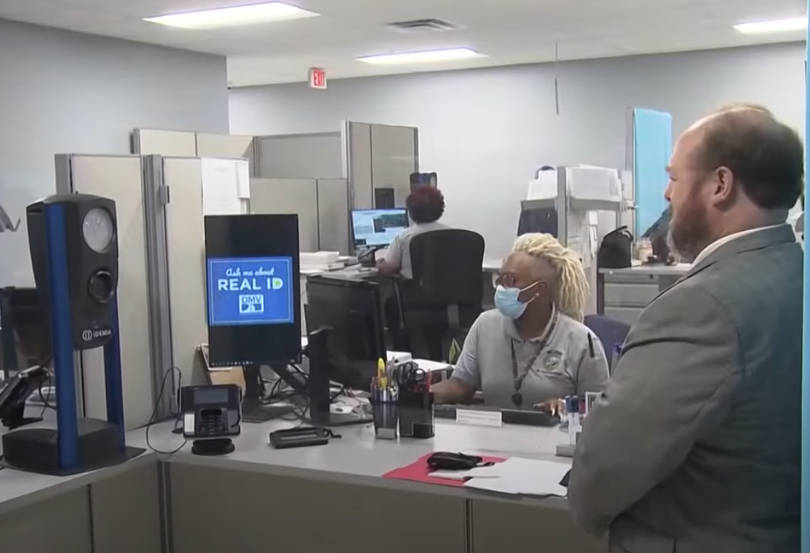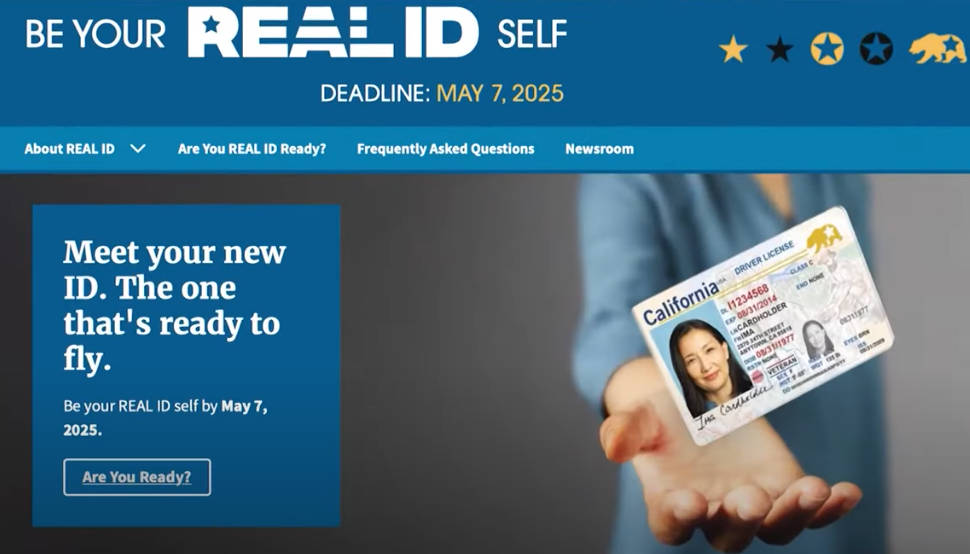REAL ID Is Here!
REAL ID enforcement is now in effect. Originally passed by Congress in 2005, the REAL ID Act officially took hold on May 7, 2025.
When you fly domestically in the United States, every traveler age 18 or older must present a REAL ID–compliant license (or state‑issued enhanced driver’s license). If you don’t have one yet, bring another acceptable form of ID—such as a U.S. passport—to pass through airport security. Look for a star marking at the top of your driver’s license to confirm you’re ready.
How to Get a REAL ID
With enforcement now active, you may be wondering how to secure your REAL ID without hassle. The process varies by state, but here’s what worked for me: I started by checking my state’s driver‑licensing agency website for specific requirements. In general, you’ll need proof of your full legal name, date of birth, Social Security number, two proofs of address, and legal status. Gathering these documents ahead of time can save you a second trip to the DMV.
Even though the deadline has passed, DMV offices remain busy. If you still don’t have a REAL ID, plan ahead. Without one, you can’t clear TSA security with a standard license—so remember to bring a passport or another acceptable ID like a Global Entry card. Personally, I’ve found Global Entry especially handy for speeding through customs when I travel internationally.
VIDEO:Check out this video for some local media coverage in Pittsburgh describing the rollout and enforcement of REAL ID.
Using a REAL ID for Other Purposes
While the REAL ID is essential for boarding flights after May 7, 2025, there are instances where you may not need it. For example, you typically don’t need a REAL ID to access federal facilities that do not require identification. However, if you plan to fly, enter certain federal buildings, or visit specific secure locations (like nuclear power plants, if that’s on your itinerary), you’ll need a REAL ID or an equivalent document. Even if you don’t travel much, I found that it brings peace of mind to have one, especially since it saves any last-minute headaches at the airport. Just remember—REAL ID isn’t a substitute for a passport when it comes to international travel!
Not Sure? Check With Your Local DMV
It can be tricky to know if your current license is already compliant. If you see a star (or similar marking) at the top, that usually indicates a REAL ID, but you can always confirm with your local DMV. Some states (like Washington, Michigan, and New York) issue Enhanced Driver’s Licenses (EDLs), which serve as valid alternatives even if they don’t have a star. Also, keep in mind that minors under 18 typically don’t need a REAL ID when flying with an adult who has acceptable identification. Ultimately, checking with your DMV sooner rather than later will ensure you’re not caught off guard when May 7, 2025 arrives.
FAQ: REAL ID Explained
Find more help here for your journey through the airport



